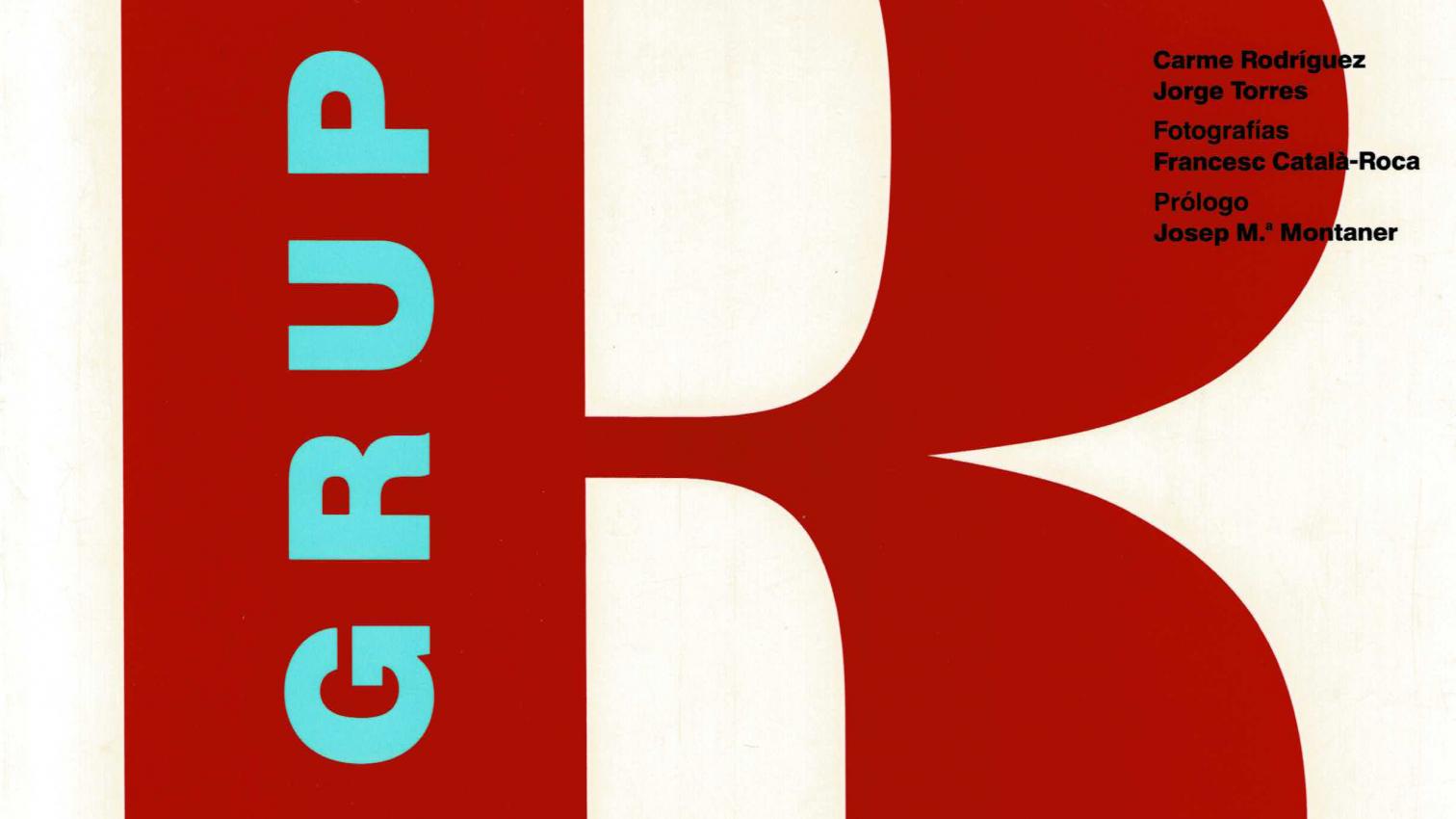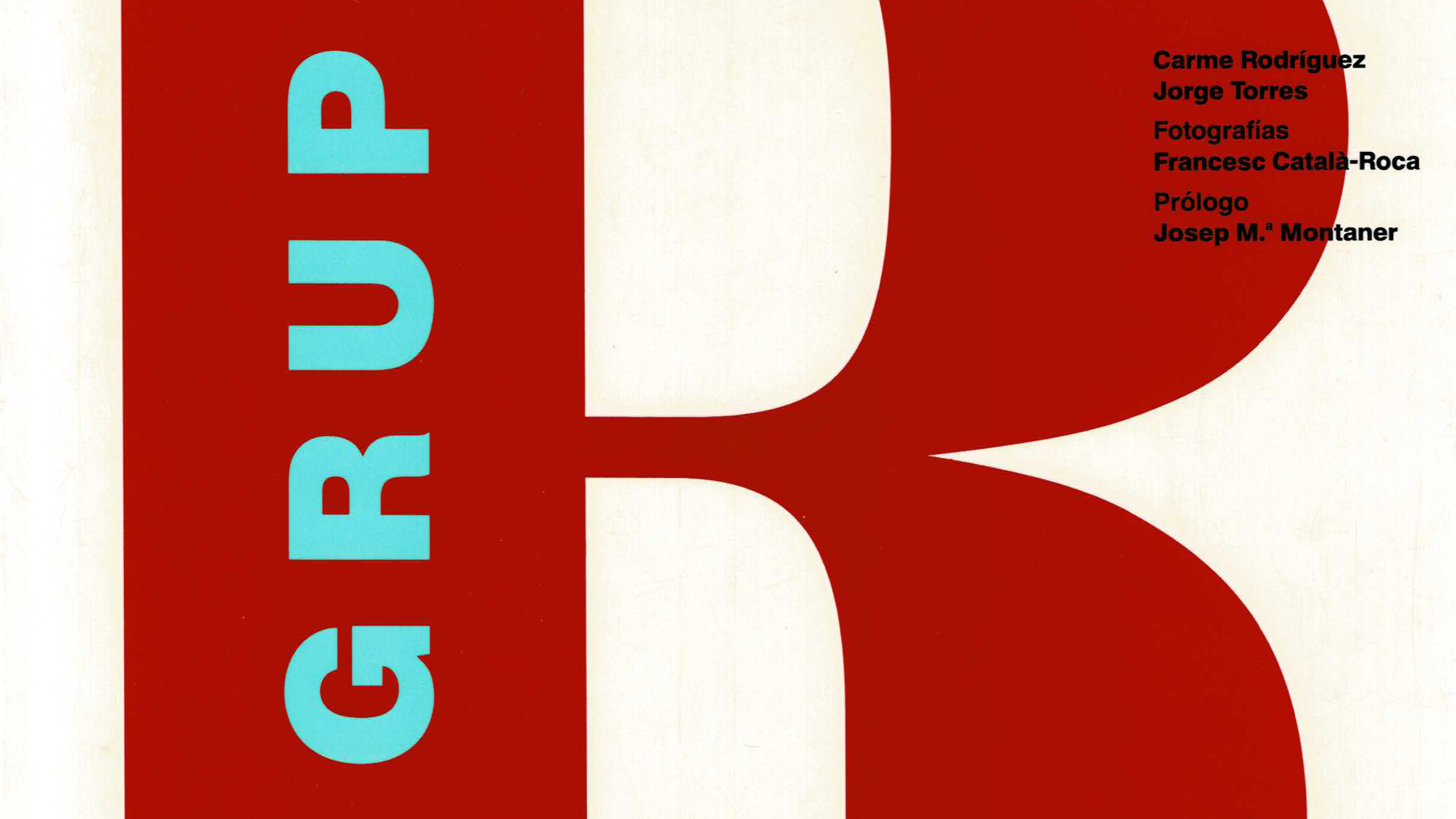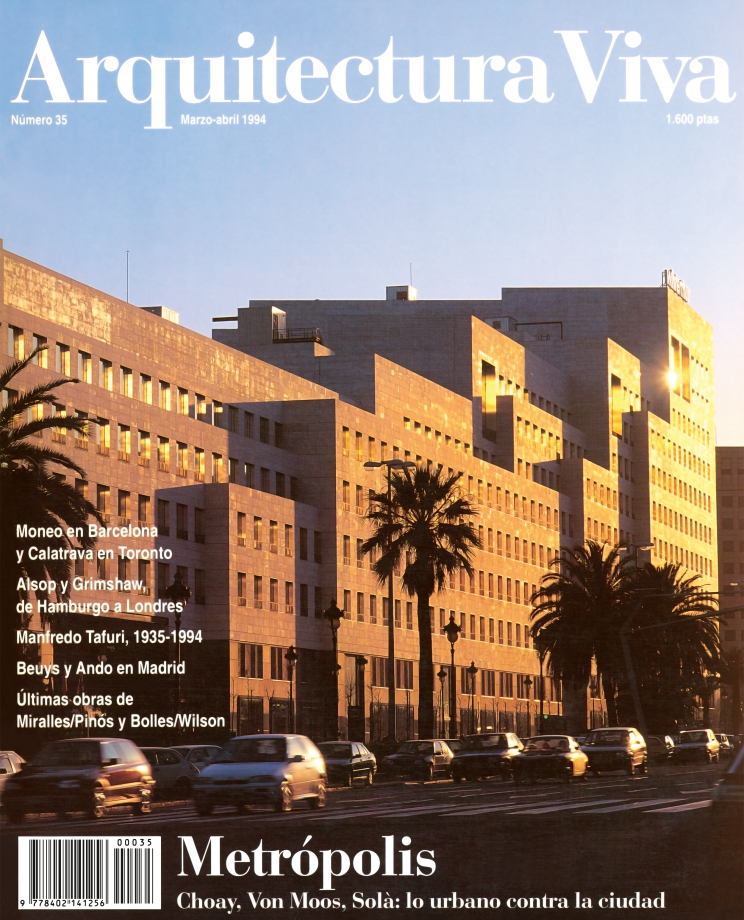
The slow process of cultural recovery that took place in Spain during the postwar period reached a turning point in the mid-1950s, coinciding with the beginning of economic liberalization brought about by the end of autarky.
Since the 1940s, and especially in Catalonia, a series of embryonic cultural initiatives had been emerging, mainly in the field of the visual arts, which would blossom during the following decade. It was in this atmosphere of tentative openness and following meetings between Josep Maria Sastres, Josep Pratmarsó, Antoni de Moragas, and other architects that Grupo R was founded in Barcelona on August 21, 1952, in the studio of José Antonio Coderch, who would be the first to leave it. The founding members, apart from those already mentioned, were Joaquim Gilí, Francesc Bassó, Manuel Vallès, Oriol Bohigas, and Josep Maria Martorell. Among the objectives of the group, which declared itself to be continuing the experience of GATCPAC, was to contribute to the renewal of architecture, taking a clear stand against the monumentalist, bombastic, and empty rhetoric of the regime's cultural institutions.
Although the experience of Grupo R coincides chronologically with that of Team X and also proposes a revision of rationalist principles in crisis, in the manner of the last CIAM conferences, the particular conditions in Spain mean that its activities and, above all, the built work of its members, are a heterogeneous convergence of currents, attitudes, and languages. Thus, the overall image of its almost ten years of existence offers a range of references that go from reinterpreted Mediterranean vernacular to Miesian technological minimalism, from Aalto's organicism to the airs of neorealism coming from Italy. It is the concept of the avant-garde that fosters this hybridization, which maintains as a common feature within diversity a desire for experimentation and a fascination with new materials.
Such a conjunction could not be maintained beyond the special circumstances that had created it or the respective careers of the group's members, which were gradually diverging. The group disbanded in 1960, leaving the ground fertile for the experiences that would mark the architectural landscape of the following years.
Gili's monograph is now an essential reference for understanding this episode. The text situates the birth and trajectory of Grupo R within a series of detailed general references, before introducing us to the most outstanding works of its members, which occupy the second part, conveniently annotated and illustrated. The apt choice of beautiful black-and-white photographs by Francesc Catalá-Roca is another fundamental element in the reading, helping to bring us closer to the atmosphere of the time.






